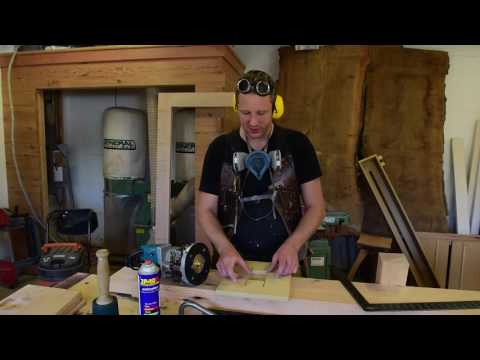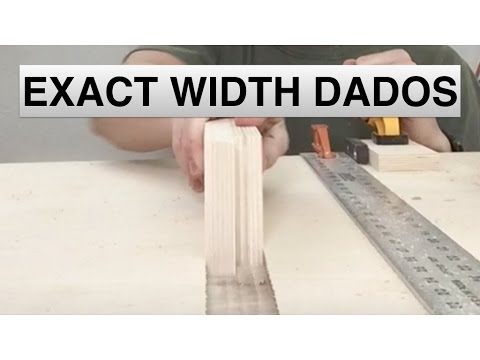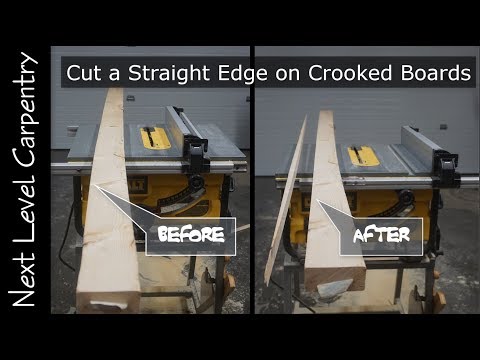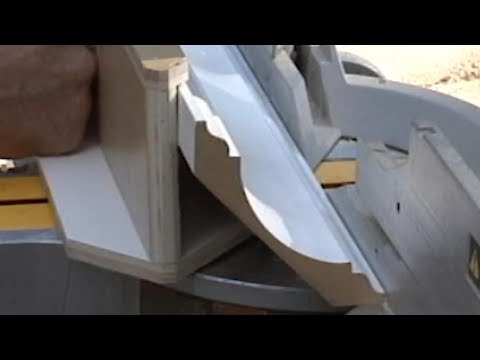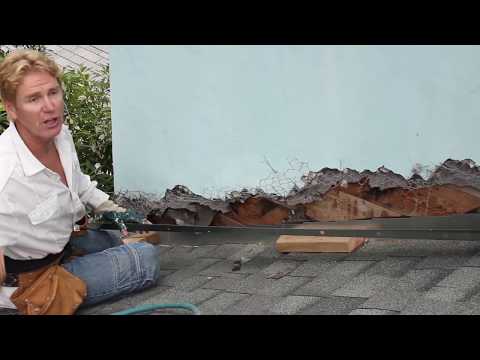One way to build drawer boxes fast, efficient, and repeatable
In this video, Chris is quick to point out that this is just the way HE does it. It is not a recommendation, request, or directive.
He made a video about it if you are curious about how he builds drawer boxes.
"In a way, woodworking is about picking your battles... You have to pick and choose the spots where you want to spend your time—the spots where you are going to get the most bang for your buck.
In my opinion, drawer boxes are not one of those spots."
—Chris Salomone
Chris's hit list for drawer boxes:
- They need to work.
- They need to be strong enough for what they are for. Not strong enough for everything, just strong enough for what they are built for.
- They should be quick and fool-proof to build.
Cut the sides: the width must be right, the depth can vary
If you use 1/2 inch drawer slides and 1/2 inch plywood, then the front and back of the drawer box will be exactly two inches smaller than the opening.
The sides are cut to the depth of the inside the cabinet, understanding that they can be shorter, but not longer.
Put the bottom on the bottom (not in the sides)
For lightweight drawers, applying the bottom of the drawer box directly to the underside is much faster than dadoing all four sides.
Glue and screw joinery is plenty strong for lightweight drawers, and it maximizes space in the drawer.
1/2 inch is 12.5% of a four-inch drawer.
Do not use your tape to set the fence, use the four sides
- Use the side pieces to set the fence on a tablesaw at the depth dimension of the bottom.
- Use the front piece stacked with both sides to set the fence for bottom's width cut.
Use the bottom as a template for fastening sides, front, and back
- Glue an edge of one side piece and place it on the bottom. It should extend the full depth of the plywood, because it was used as a gage to cut the plywood.
- Glue an edge of the back piece, and set it perpendicular to the side, on the bottom.
- Do you see where we are going with this? Glue the other side to the bottom and then glue and place the front.
- Tack the corners and bottom with brads, reinforce it all with countersunk screws.
"Some things are about artistry, finessing angles and details to get them as clean and perfect as possible.
But other things, just aren't."
"Time has value. Pick your battles and spend less time on certain parts of a build. So that you can spend more time in other areas.
Because time. Is. Money."
—Chris Salomone is a woodworker and furniture maker. His YouTube channel has a steady stream of good videos.
